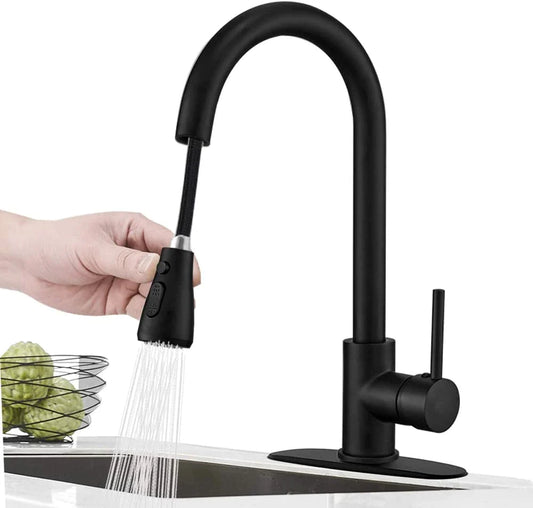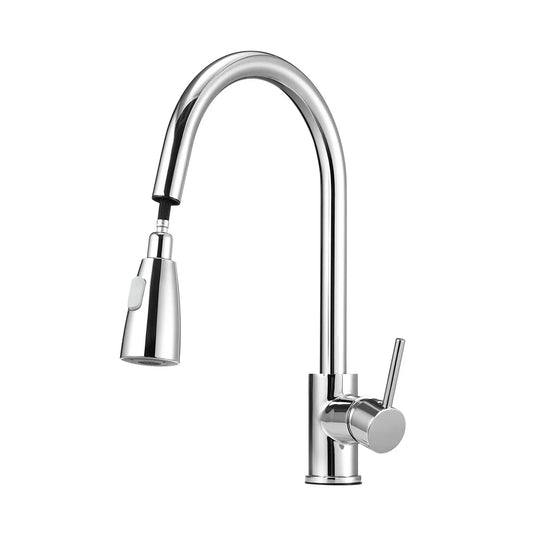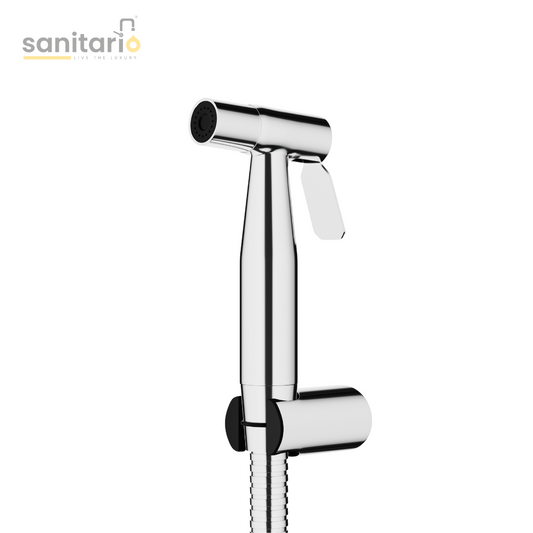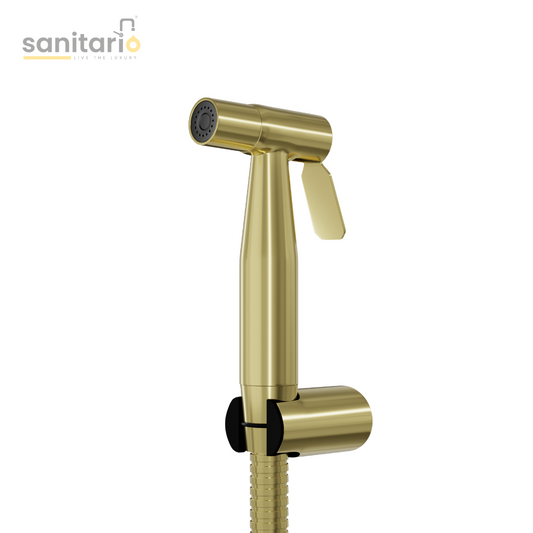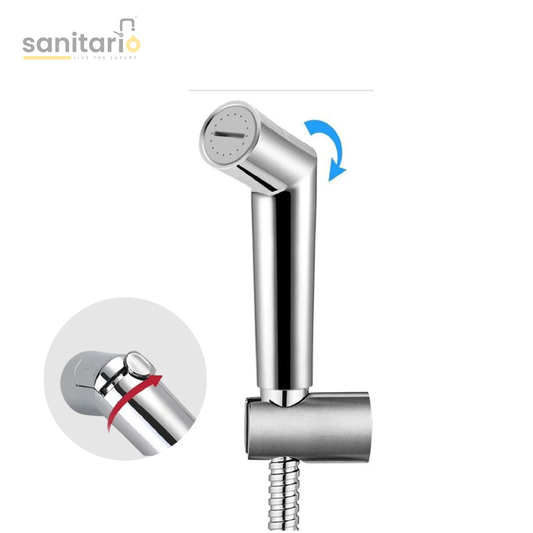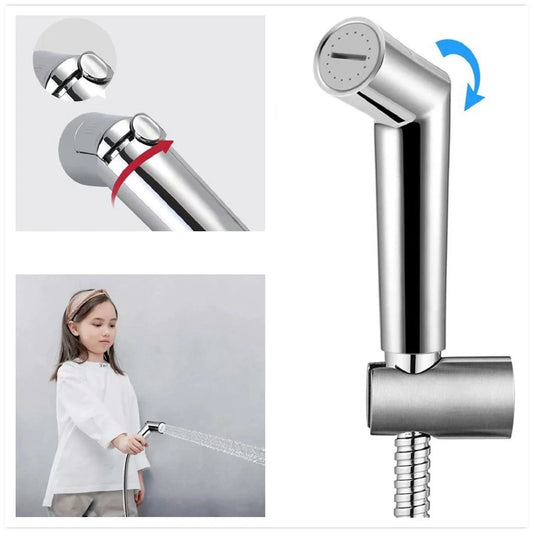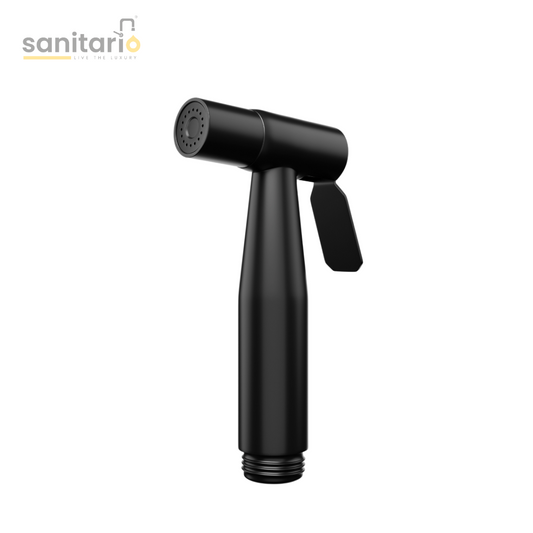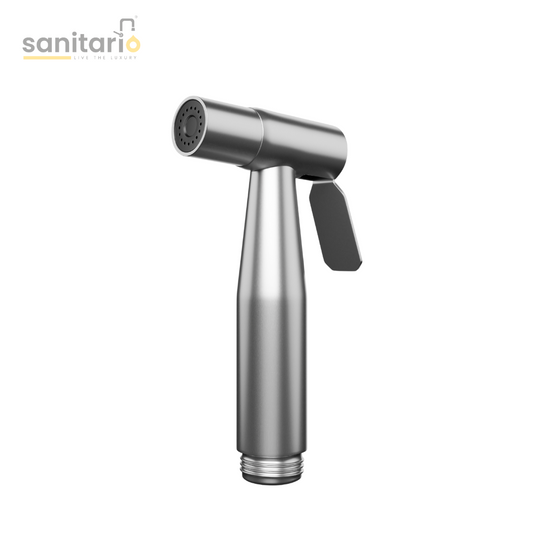Waste Drain Materials: Stainless Steel vs. Plastic – Which is Best for You?

When it comes to waste drain materials, two options often stand out: stainless steel and plastic. Both materials have their advantages and disadvantages, and the choice between them can significantly impact the efficiency, durability, and overall performance of your drainage system. In this blog, we will explore the key differences between stainless steel and plastic waste drain materials and help you determine which one is best for your specific needs. Whether you're a homeowner planning a kitchen and bathroom renovation or a builder selecting drainage solutions for a commercial project, understanding the pros and cons of these materials is essential.
Stainless Steel Waste Drains
1. Durability:
Stainless steel waste drains are renowned for their exceptional durability. They are corrosion-resistant and can withstand exposure to moisture and various chemicals, making them an ideal choice for wet environments like bathrooms, kitchens, and industrial settings.
2. Aesthetic Appeal:
Stainless steel waste drains have a sleek, modern appearance that complements contemporary design aesthetics. Their polished surface is not only visually appealing but also easy to clean, making maintenance hassle-free.
3. Longevity:
Stainless steel drains have a longer lifespan compared to many other materials. They are less prone to rust and deterioration, which means they can serve you well for many years, reducing replacement costs.
4. Hygiene and Cleanliness:
The non-porous surface of stainless steel is highly resistant to bacteria, mould, and odours. This makes it a hygienic choice, especially in settings where cleanliness is paramount.
5. Load-Bearing Capacity:
Stainless steel waste drains can withstand heavy loads and are suitable for high-traffic areas, such as commercial kitchens and industrial settings.
6. Eco-Friendly:
Stainless steel is a recyclable material, making it an environmentally friendly choice for those looking to reduce their carbon footprint.
Plastic Waste Drains
1. Cost-Effective:
Plastic waste drains are typically more budget-friendly than stainless steel options. This makes them a popular choice for homeowners and businesses seeking cost-effective solutions.
2. Lightweight:
Plastic drains are lightweight and easy to handle during installation, making them a practical choice for DIY projects.
3. Corrosion Resistance:
While plastic drains may not corrode, they can be more susceptible to damage from harsh chemicals and extreme temperatures, limiting their suitability for certain environments.
4. Insulation Properties:
Plastic drains provide insulation against heat and cold, which can be advantageous in certain applications, such as preventing heat loss in residential plumbing.
5. Limited Aesthetic Options:
Plastic drains may not have the same sleek appearance as stainless steel, which can limit their use in design-focused applications.
6. Lifespan:
Plastic waste drains generally have a shorter lifespan than stainless steel counterparts. They may require more frequent replacements and maintenance.
Choosing the Right Material for Your Needs:
The choice between stainless steel and plastic waste drains ultimately depends on your specific requirements and priorities. Here are some considerations to help you make an informed decision:
1. Durability:
If you need a long-lasting solution for a high-traffic or industrial setting, stainless steel is the better choice. It offers superior resistance to corrosion and can withstand heavy loads.
2. Budget:
If you are on a tight budget or working on a DIY project, plastic drains offer a cost-effective option.
3. Aesthetic Appeal:
For design-focused applications, stainless steel's sleek and modern appearance is a clear winner. It complements contemporary design aesthetics.
4. Hygiene and Cleanliness:
In environments where cleanliness and hygiene are paramount, stainless steel is the preferred choice due to its non-porous, bacteria-resistant surface.
5. Eco-Friendly:
If environmental considerations are a priority, stainless steel is a more sustainable choice due to its recyclability.
6. Maintenance:
Consider the maintenance requirements of each material. Stainless steel is relatively low-maintenance, while plastic drains may require more frequent replacement and upkeep.
Is stainless steel better than plastic:
The question of whether stainless steel is better than plastic often depends on the context and specific application. Stainless steel is renowned for its durability, resistance to corrosion, and sleek appearance, making it an excellent choice in high-traffic areas, kitchens, bathrooms, and industrial settings. It also boasts hygienic properties, as its non-porous surface resists bacteria and odours. On the other hand, plastic offers cost-effectiveness and lightweight properties, making it suitable for DIY projects and situations where budget constraints are a consideration. Ultimately, the choice between stainless steel and plastic depends on your priorities, such as longevity, aesthetics, maintenance, and budget, and how well these align with the demands of your project or application.
Conclusion:
The choice between stainless steel and plastic waste drain materials should align with your specific project needs, budget, and aesthetic preferences. Both materials have their strengths, so understanding their advantages and limitations is crucial for making an informed decision that ensures the longevity and performance of your drainage system.


